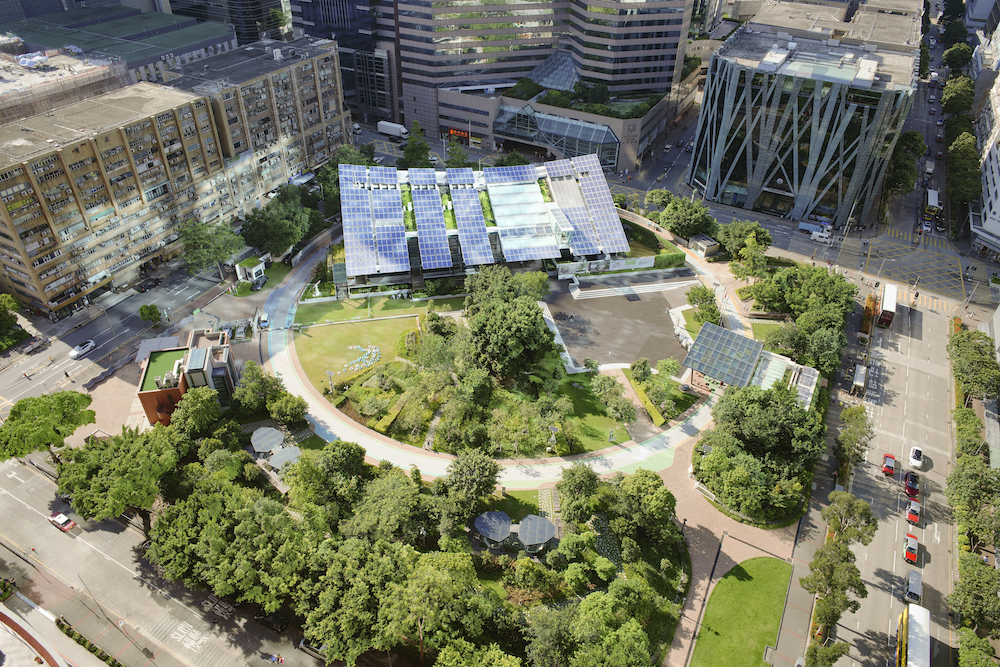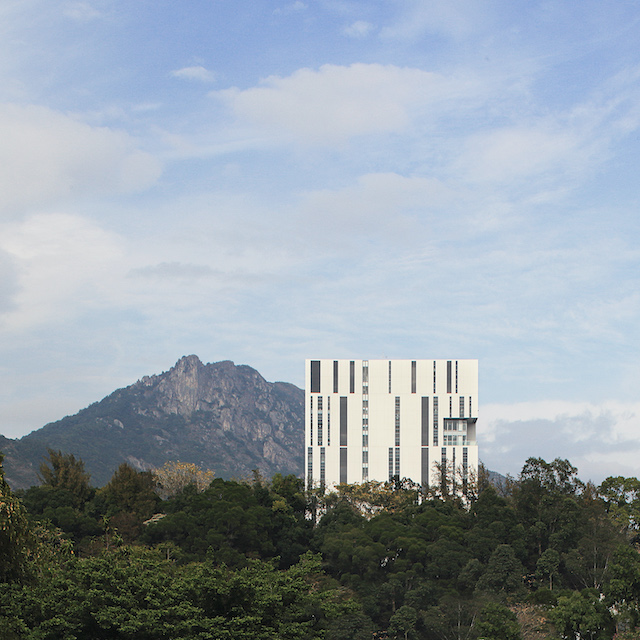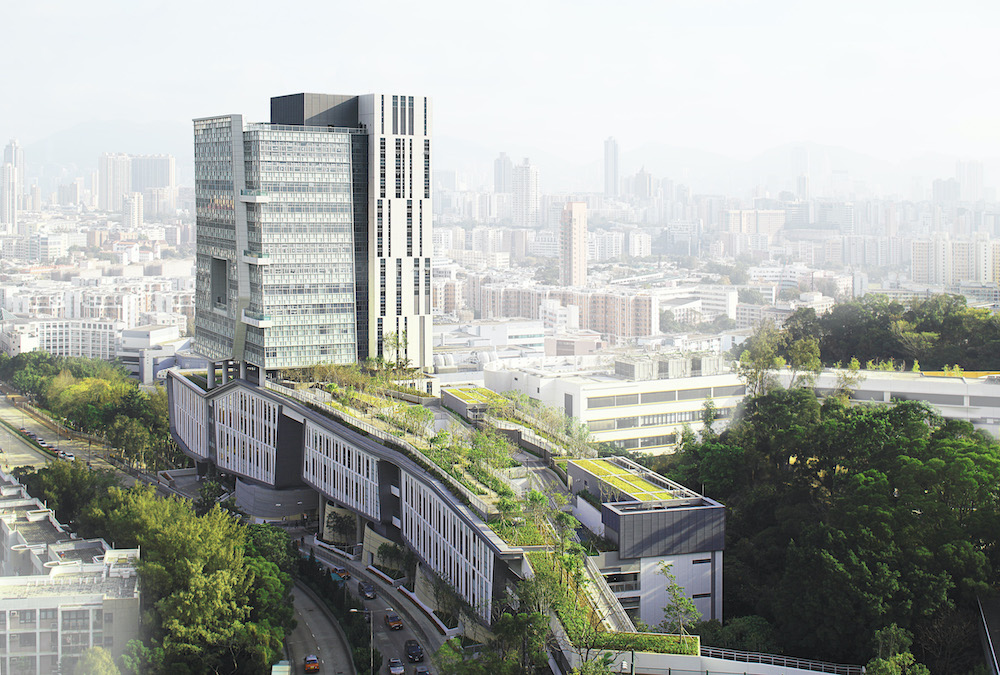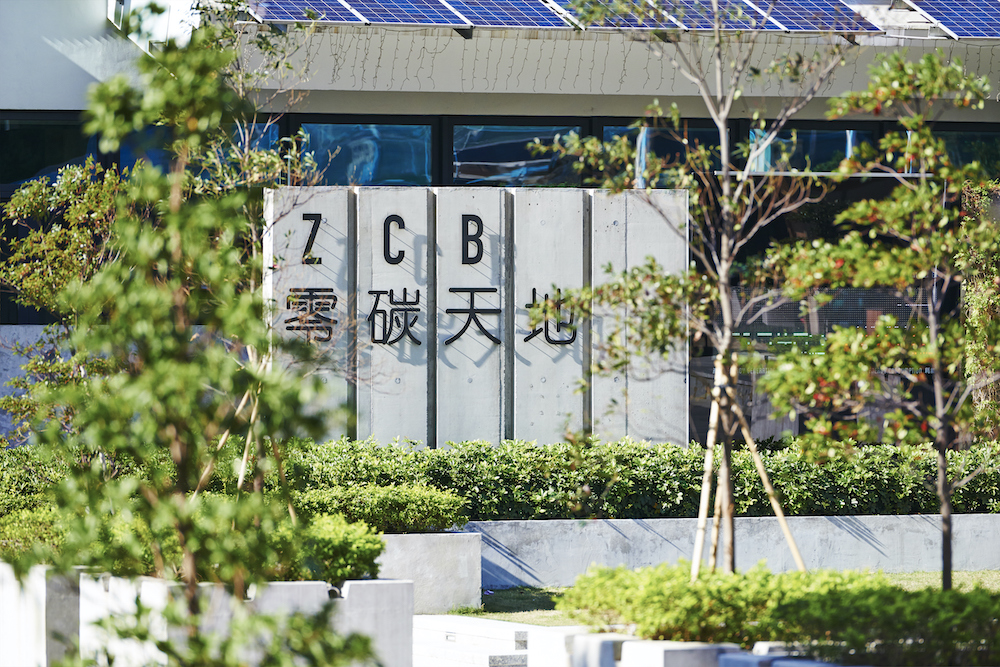Ronald Lu & Partners’ director of sustainable design on adapting for extreme temperatures in urban environments

We know that the world is hot and getting hotter, but let us put a number on it. Today, 354 of the world’s cities endure average summer high temperatures of 35°C. By 2050, that figure will rise to over 970, and the number of people affected by that crushing heat will rocket by 800% to 1.6 billion.
Cities in the Middle East and Asia, particularly Eastern China, are already dealing with extreme temperatures, and with 90% of urbanisation in the next 30 years expected to occur in Asia and Africa, the problem is only going to get worse – much worse, all over the world.
In developing countries, informal settlements house anywhere from 20 to 80% of the population. Around 900 million people live in these settlements, which often lack the technology and resources needed to combat heatwaves. As always, the most vulnerable will suffer the most severe and deadly effects of these scorching temperatures – the poorest, the very young and the elderly, and people with medical problems.
Cities in developed countries, especially those with high densities, will also see extensive environmental, social and economic impacts. First, extreme temperatures will see more energy being used for cooling building interiors – a 1°C increase translates to a 9% increase in energy use for residential buildings and a 3% increase for commercial and industrial buildings. Extreme heat also plays havoc with buildings themselves – large temperature movements affect the longevity of materials and structures and require higher amounts of maintenance. Hot weather damages concrete, decreasing its strength and durability, while higher humidity levels degrade and corrode equipment.

The human cost will also be great. Hotter outdoor temperatures lead to heat stress and heat-related mortality – just a 1°C rise above 28.2°C brings a 1.8% increase in heat related mortality, and this percentage rises faster once the temperature exceeds 30°C. The Intergovernmental Panel on Climate Change’s most recent report tells us that by 2050, reduced labour productivity from extreme heat may reduce goods and services outputs by more than 20% in sectors like manufacturing and construction. Another report by the International Labour Organisation on the impacts of heat in the workplace estimates that the global economic cost of reduced productivity from extreme heat will reach a staggering two trillion dollars by 2030.
So much doom and gloom – but can we do anything to change this trajectory? The answer is no and yes. No, we will not be able to prevent many extreme heat events – the climate has already changed in that respect – but there are a lot of ways to adapt.
Architects like myself incorporate adaptation strategies into projects in the form of better building design, including climate-responsive site planning, passive cooling, natural ventilation and many new technologies. These features should not be “add-ons” to projects, but should play a central role. When done right, these solutions bring more nature and natural features and processes into cities and landscapes through locally adapted, resource-efficient systems.
Technology-wise, we have a lot of options. Many of them – unsurprisingly – involve utilising the extreme heat itself. Take heat harvesting tech for cooler climate – this uses flat absorber pipes coupled with geothermal probe storage tanks to absorb and store solar heat, which is released later to heat buildings, or heat absorbing paint on panels which are linked to heat pumps. Or, one can use building façades and pavements as energy-harvesting surfaces which can be equipped with sensors to power, heat and cool spaces.

Phosphorescent materials which can store and then emit light are also a solution. Charged by the burning sun, these materials glow blue or yellow, even when mixed with concrete, with the glow lasting for several hours after sunset.
The pervasive urban heat island effect can be mitigated through technology and nature-based solutions. These include enhanced building permeability, “cool” roofs, façades, pavements and road surfaces, with lower albedo colour (meaning these surfaces reflect more light than they absorb).
Vegetation also plays a massive part in cooling cities – green roofs and walls create enhanced insulation that reduces energy loss and heat gain, while trees and other urban vegetation create shading and cooling through evapotranspiration. Likewise, better urban ventilation can provide cooling through breezeways, air paths, non-building areas, and building porosity and setbacks; as well as alternative shading and cooling methods like canopies and water features like spray parks or splash pads.
Looking forward, heat-sensitive urban planning will be vital, incorporating elements like linear parks and green corridors to enhance ventilation, and high “sky-view factors” to cool cities by releasing trapped heat into the sky.

My firm, Ronald Lu & Partners, utilised a number of these strategies in two ground-breaking Hong Kong developments: the Zero Carbon Park and Lau Ming Wai Academic Building at the City University of Hong Kong.
The pioneering Zero Carbon Park was the first building in Hong Kong to produce zero carbon emissions – something which is notoriously difficult to achieve in a hot and humid climate while still ensuring the users are comfortable. The Zero Carbon Park features Hong Kong’s first urban native woodland to cool the summer prevailing wind before it reaches the plaza and the building. Shade in the outdoor spaces also alleviates thermal discomfort. The Lau Ming Wai Academic Building at the City University of Hong Kong, meanwhile, integrates landscape and architecture through a Green Deck and various indoor-outdoor green spaces that create a natural cooling effect, bringing nature into classrooms.
Combatting extreme heat will not be easy. But, with long-term planning to build resilience, investment in climate-resilient infrastructure, and nature-based solutions, cities can have a fighting chance.